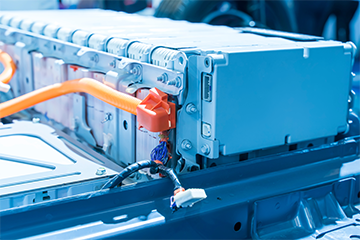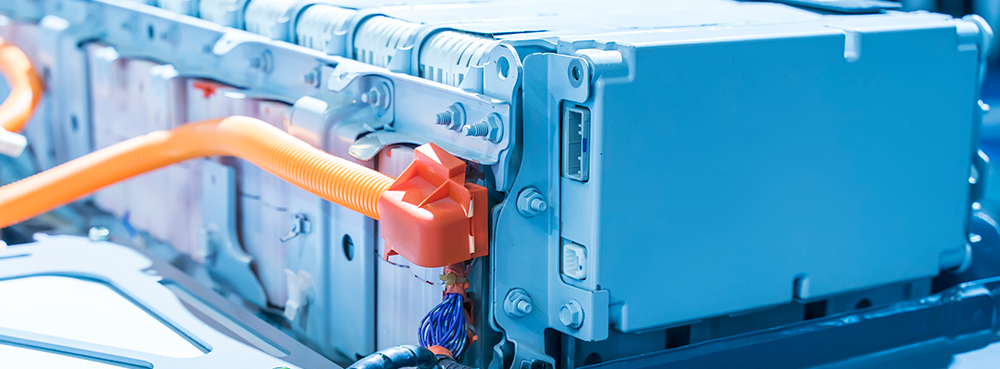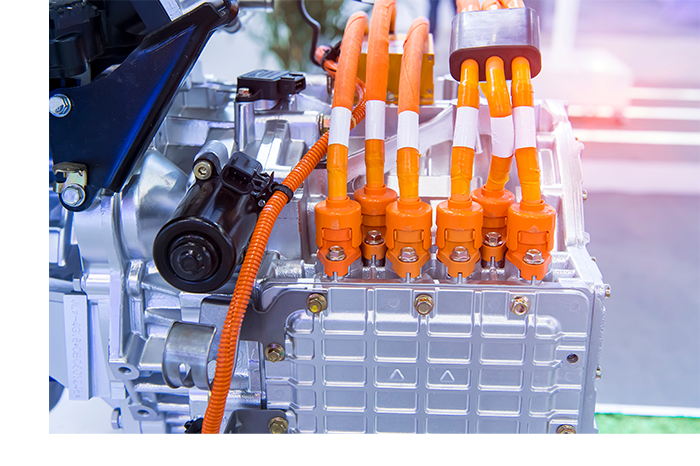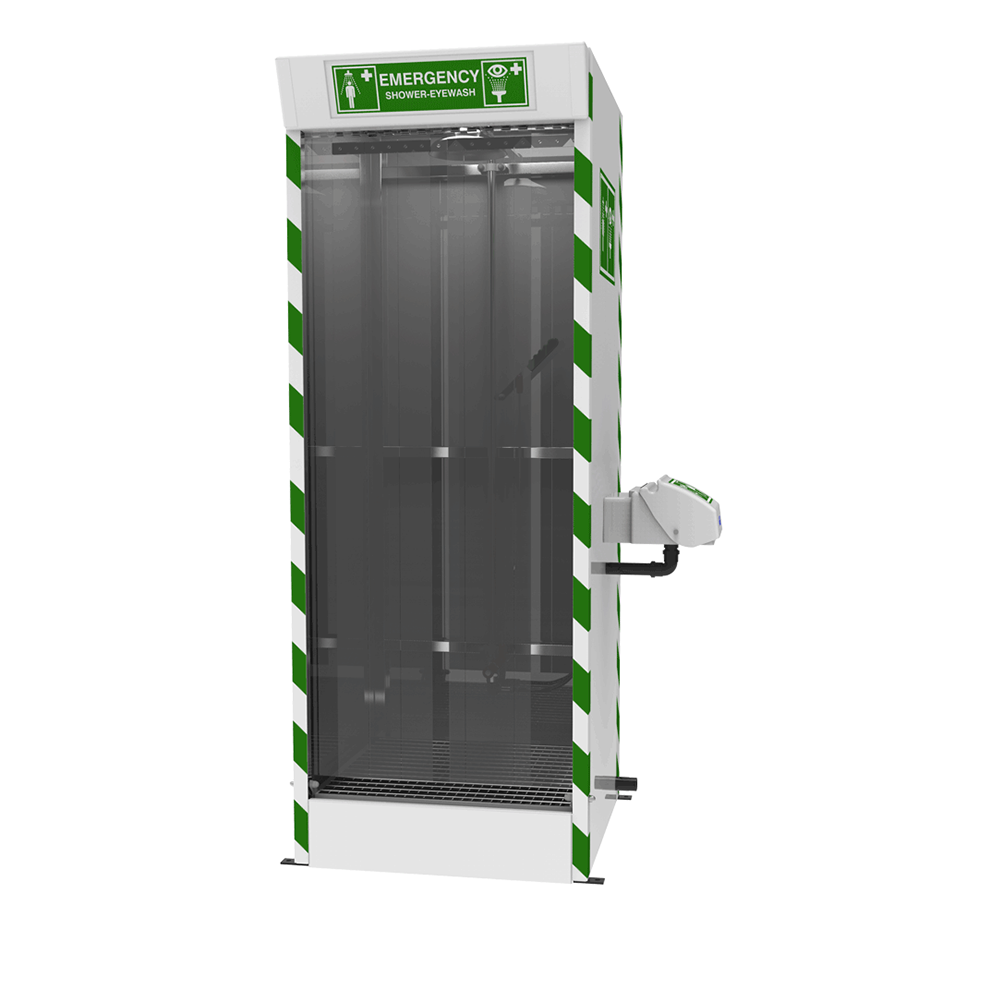Enquiry List () (0)
- Dec 22, 2022

Electrifying Safety Solutions For Lithium-Ion Gigafactories

Lithium-ion battery manufacturing in North America has boomed in recent years. 2022 saw the opening of Gigafactory Texas, the largest lithium-ion gigafactory and second largest building in the world by volume. The increase in demand for these batteries is a result of the global effort to transition away from combustible engine vehicles and towards electronic vehicles.
The initial stage of production is creating a lithium slurry. This liquid compound is mostly comprised of lithium iron phosphate and Ketjenblack. This stage has the highest risk of chemical spills and are irritants to the skin and eyes. Situating a safety shower and eye wash station within 10 seconds reach of such a hazard is advised to maintain compliance to ANSI standards.
 Lithium batteries are formed of four main components. The capacity and voltage of the battery is determined by the cathode and is the source of the lithium ions. The ions are stored in the anode, which enables the electric current to flow through an external circuit when the battery is charged. The separator is a physical barrier that keeps the cathode and anode apart. Finally, the electrolyte acts as a conduit of lithium ions between the cathode and anode. Before the battery can be sold, the factory must charge and test the unit to identify any faults. A battery can become faulty when mishandled, overcharged, short-circuited, or heated up, leading to issues such as the battery walls expanding, splintering, and even some of the internal compounds leaking.
Lithium batteries are formed of four main components. The capacity and voltage of the battery is determined by the cathode and is the source of the lithium ions. The ions are stored in the anode, which enables the electric current to flow through an external circuit when the battery is charged. The separator is a physical barrier that keeps the cathode and anode apart. Finally, the electrolyte acts as a conduit of lithium ions between the cathode and anode. Before the battery can be sold, the factory must charge and test the unit to identify any faults. A battery can become faulty when mishandled, overcharged, short-circuited, or heated up, leading to issues such as the battery walls expanding, splintering, and even some of the internal compounds leaking.
The electrolyte is formed from a mix of organic compounds such as salts and solvents. When contained inside the battery unit, the electrolyte does not pose an immediate risk. However, if the battery is faulty or improperly handled this can cause these solvents to leak. Due to the highly flammable and corrosive nature of the solvents involved, this would then immediately endanger those in the vicinity. During the drying process, the electrode is dried in extremely high temperatures with little to no humidity. While the use of PPE is imperative throughout the manufacturing process of lithium batteries, emergency procedures must be in place for an accidental leak.
 To thoroughly decontaminate in the event of a corrosive spill, the Canadian Centre for Occupational Health and Safety (CCOHS) recommend the uninterrupted flushing of the skin, or eyes, for thirty minutes. The Hughes multi-nozzle cubicle shower is a plumbed-in unit that ensures the casualty is decontaminated from multiple angles at a flowrate of 115 litres per minute, while the integral drainage sump contains the contaminated water for disposal after use.
To thoroughly decontaminate in the event of a corrosive spill, the Canadian Centre for Occupational Health and Safety (CCOHS) recommend the uninterrupted flushing of the skin, or eyes, for thirty minutes. The Hughes multi-nozzle cubicle shower is a plumbed-in unit that ensures the casualty is decontaminated from multiple angles at a flowrate of 115 litres per minute, while the integral drainage sump contains the contaminated water for disposal after use.
For routine PPE decontamination, and for use in the drying rooms, Hughes offer a range of units to protect workers and prolong the use of their life-saving protective equipment. The SD31K45G provides a two-stage wash down of PPE and features both an overhead shower rose and detergent inducer and hose brush for an additional manual wipe-down. The unit can be combined with an optional sump to easily contain and dispose of the contaminated water after use.
To protect your workers against unprecedented chemical spills, contact Hughes today to find the appropriate solution for you.












